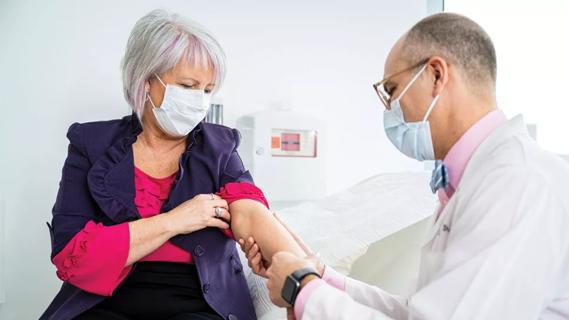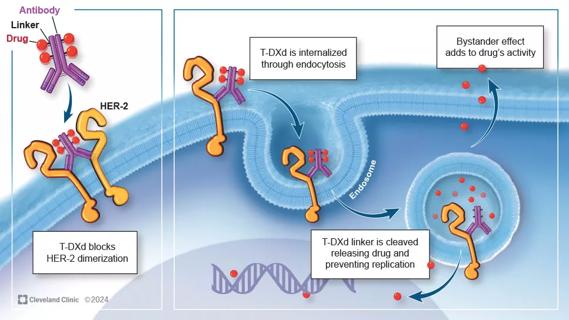How to ensure your patients receive appropriate care

Pap tests and human papillomavirus (HPV) tests are so effective at screening for cervical cancer that mortality from the disease has decreased significantly in the past 30 years. Unfortunately, there are no effective screening tools for other types of gynecologic cancers, says Haider Mahdi, MD, MPH, a gynecologic oncologist at Cleveland Clinic. That’s why watching for symptoms is essential for detecting:
Advertisement
Cleveland Clinic is a non-profit academic medical center. Advertising on our site helps support our mission. We do not endorse non-Cleveland Clinic products or services. Policy
Ovarian cancer. “Most women are diagnosed with late-stage disease because warning signs are nonspecific and often overlooked,” says Dr. Mahdi. Indicators include:
Endometrial cancer. Postmenopausal bleeding is the most common symptom. Fortunately, bleeding usually occurs in the disease’s early stage, making early diagnosis and cure more feasible.
Vulvar or vaginal cancers. A vulvar mass, vulvar itching or vaginal bleeding are the most common symptoms.
Primary care physicians and Ob/Gyn providers are on the front lines in gynecologic cancer detection. According to Dr. Mahdi, their important role is fourfold:
Advertisement
Dr. Mahdi says that patients diagnosed with gynecological cancers should be referred to treatment centers with advanced capabilities such as:
Advertisement
Advertisement

First-of-its-kind research investigates the viability of standard screening to reduce the burden of late-stage cancer diagnoses

Global R&D efforts expanding first-line and relapse therapy options for patients

Study demonstrates ability to reduce patients’ reliance on phlebotomies to stabilize hematocrit levels

A case study on the value of access to novel therapies through clinical trials

Findings highlight an association between obesity and an increased incidence of moderate-severe disease

Cleveland Clinic Cancer Institute takes multi-faceted approach to increasing clinical trial access 23456

Key learnings from DESTINY trials

Overall survival in patients treated since 2008 is nearly 20% higher than in earlier patients